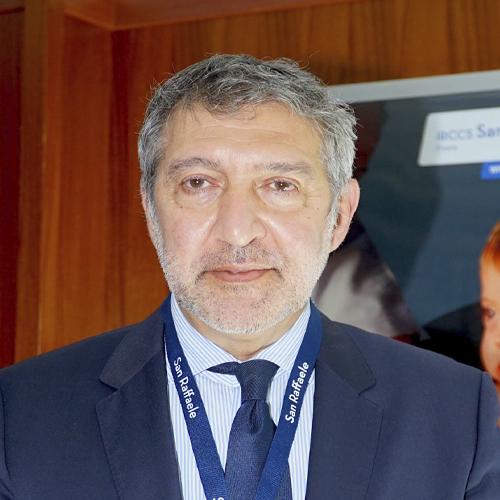Search results
Author(s):
Gina G Mentzer
,
Alex J Auseon
Added:
3 years ago
Heart failure (HF) affects more than 5 million people, representing 2 % of the population.1,2 At 40 years of age, the lifetime risk of developing HF, regardless of gender, is one in five, with an incidence of 10 per 1,000 population after the age of 65 years.1,3 Despite efforts focused toward primary prevention of HF in the areas of hypertension (HTN), diabetes, obesity, use of cardiotoxic…
View more
Author(s):
Melody Sherwood
,
Todd M Brown
Added:
3 years ago
Cardiac rehabilitation (CR) refers to the provision of a wide range of secondary prevention services to patients with cardiovascular disease. Although exercise training is a core component of any CR program, modern comprehensive CR programs provide a comprehensive approach to disease modification including risk factor modification, nutritional counseling, weight management, and psychosocial…
View more
Author(s):
Peter H Brubaker
Added:
3 years ago
Heart failure (HF), most simply defined as the inability of the heart to meet the demands of the tissue, results in symptoms of fatigue or dyspnea on exertion (progressing to dyspnea at rest), and is a costly and deadly disorder.1 HF is the only cardiovascular disease entity where the incidence is currently increasing. In 1991 there were ‘just’ 3.5 million reported cases of HF in the US; however,…
View more
Author(s):
Edwin E Ferguson
Added:
3 years ago
Cardiac rehabilitation (CR) refers to coordinated multifaceted interventions designed to optimize a cardiac patient's physical, social, and psychological functioning, with the additional goals of stabilizing, slowing, or even reversing the progression of the underlying atherosclerotic processes, thereby reducing morbidity and mortality.1CR is a comprehensive secondary prevention program that…
View more
Author(s):
Edwin E Ferguson
Added:
3 years ago
Cardiac rehabilitation (CR) refers to coordinated multifaceted interventions designed to optimize a cardiac patient's physical, social, and psychological functioning, with the additional goals of stabilizing, slowing, or even reversing the progression of the underlying atherosclerotic processes, thereby reducing morbidity and mortality. CR is a comprehensive secondary prevention program that…
View more
Author(s):
Carl J Lavie
,
Richard V Milani
Added:
3 years ago
The potential benefits of formal, phase II cardiac rehabilitation and exercise training (CRET) programs have recently been reviewed in great detail.1–3 However, despite the substantial proven benefits of this therapy, which are outlined in part in this review, recent data have emphasized that many patients are not referred to formal CRET,4 and a minority of patients (14% of patients with acute…
View more
Maurizio Volterrani
Job title: Head of the Cardiological Rehabilitation Unit
Author
Jamie M O’Driscoll
Job title: Reader in Cardiovascular Physiology
Author
Author(s):
Joel W Hughes
,
Andrea Bon-Wilson
,
Kent Eichenauer
,
et al
Added:
3 years ago
In a recent meeting with department heads from psychiatry and cardiology, the possibility of hiring a behavioral medicine specialist (e.g. a psychologist) to work exclusively with cardiac and pulmonary patients was discussed. One cardiologist said, “I could probably refer you seven patients every Tuesday.” Whatever clinic he was referring to, it was clear to all in attendance that patients with…
View more
Performance Measures for Cardiac Rehabilitation—An Opportunity to Bridge an Important Treatment Gap
Author(s):
Marjorie L King
,
Randal J Thomas
Added:
3 years ago
Article











